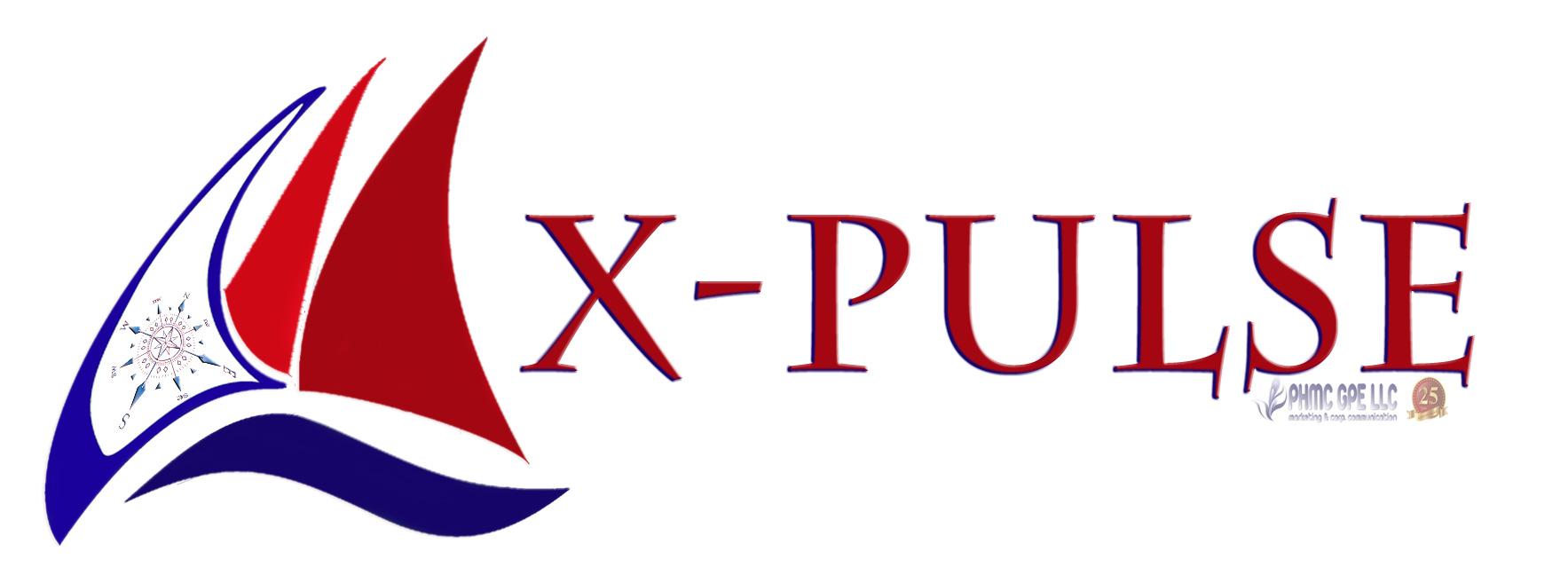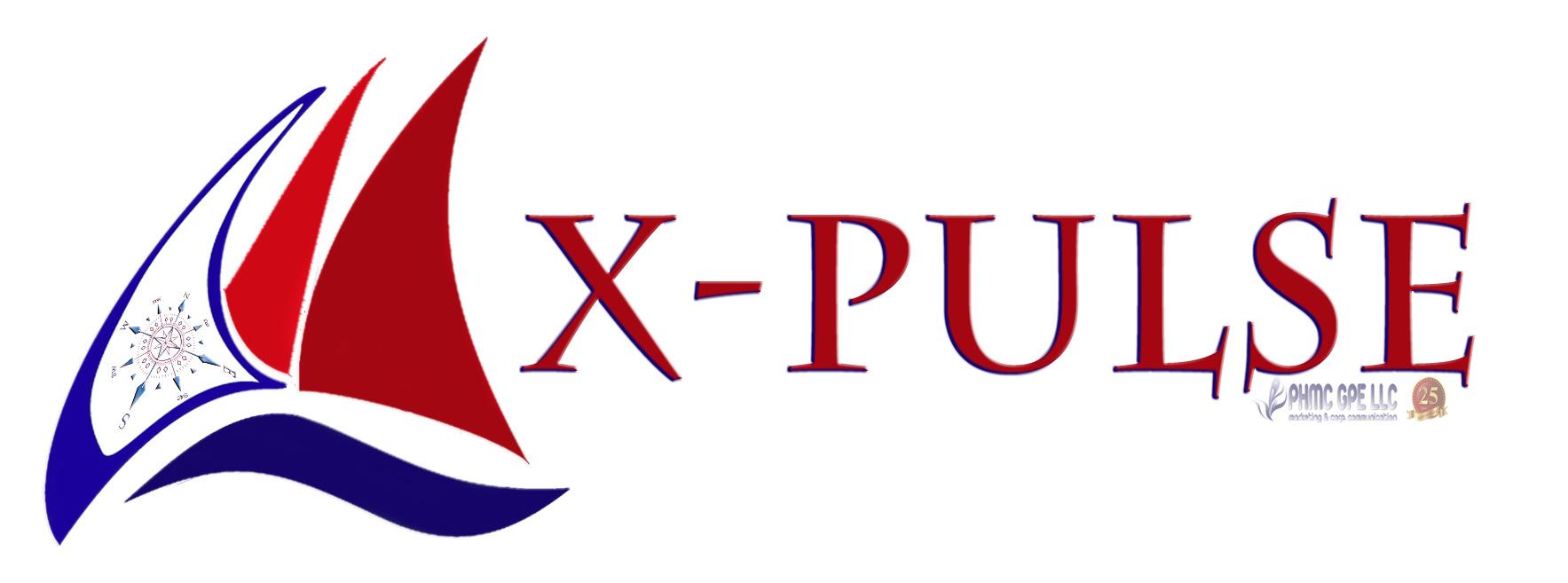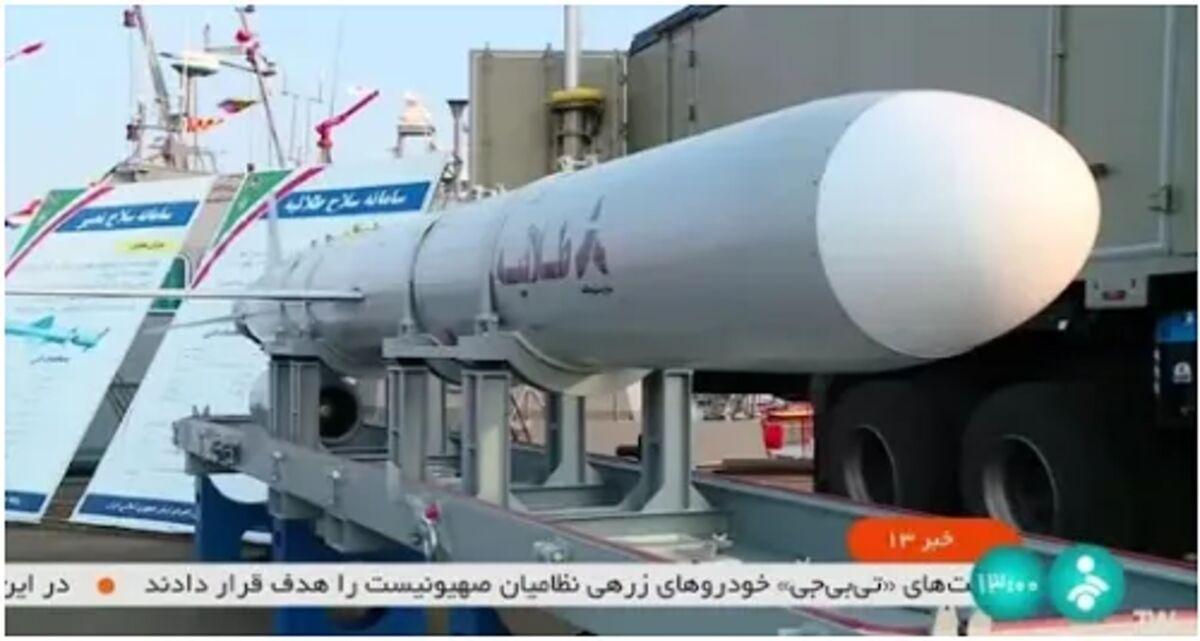Iran’s Revolutionary Guard deployed in Yemen
🔶️ The IRGC has stationed missile and drone trainers and operators in Yemen, as well as personnel providing tactical intelligence support to the Houthis, U.S. and Middle East officials told Semafor. The IRGC, through its overseas Qods Force, has also overseen the transfer to the Houthis of the attack drones, cruise missiles, and medium-range ballistic missiles used in a string of strikes on Red Sea and Israeli targets in recent weeks, these officials said.
🔶️ The Houthis say that its military operations are designed to aid the Palestinian militant group, Hamas, which has been locked in a three-month war with Israel. On Monday, the Pentagon said the Houthis struck a U.S.-owned and -operated container vessel, the M/V Gibraltar Eagle, in the Red Sea, but caused no significant damage. The Houthis fired a second anti-ship ballistic missile into the southern Red Sea, the U.S. Central Command said, but it “failed in flight and impacted on land in Yemen.”
🔶️ The IRGC’s overall presence inside Yemen is overseen by Gen. Abdul Reza Shahlai, a Tehran-based commander whom the Trump administration attempted to assassinate in a 2020 drone strike inside Yemen, U.S. and Mideast officials said. American intelligence believes Shahlai is deeply involved in Tehran’s overseas terrorist operations through his role as the Qods Force’s deputy commander.
🔶️ This includes a role in overseeing an unsuccessful 2011 Iranian plot to assassinate Saudi Arabia’s then-ambassador to the U.S., Adel al-Jubeir, at a Washington, D.C. restaurant. Shahlai, who’s been sanctioned by the U.S. Treasury Department, also helped oversee IRGC attacks against U.S. military personnel in Iraq over the past two decades. The Department of Justice offered $15 million in 2019 for information related to the commander’s operations and networks.
🔶️ Last month, the White House declassified some information related to Iran’s backing of the Houthis, including the intelligence and targeting support. But it didn’t reference the IRGC’s on-ground presence in Yemen, or Shahlai’s role in the Houthis’ operations.
🔶️ The IRGC has stationed missile and drone trainers and operators in Yemen, as well as personnel providing tactical intelligence support to the Houthis, U.S. and Middle East officials told Semafor. The IRGC, through its overseas Qods Force, has also overseen the transfer to the Houthis of the attack drones, cruise missiles, and medium-range ballistic missiles used in a string of strikes on Red Sea and Israeli targets in recent weeks, these officials said.
🔶️ The Houthis say that its military operations are designed to aid the Palestinian militant group, Hamas, which has been locked in a three-month war with Israel. On Monday, the Pentagon said the Houthis struck a U.S.-owned and -operated container vessel, the M/V Gibraltar Eagle, in the Red Sea, but caused no significant damage. The Houthis fired a second anti-ship ballistic missile into the southern Red Sea, the U.S. Central Command said, but it “failed in flight and impacted on land in Yemen.”
🔶️ The IRGC’s overall presence inside Yemen is overseen by Gen. Abdul Reza Shahlai, a Tehran-based commander whom the Trump administration attempted to assassinate in a 2020 drone strike inside Yemen, U.S. and Mideast officials said. American intelligence believes Shahlai is deeply involved in Tehran’s overseas terrorist operations through his role as the Qods Force’s deputy commander.
🔶️ This includes a role in overseeing an unsuccessful 2011 Iranian plot to assassinate Saudi Arabia’s then-ambassador to the U.S., Adel al-Jubeir, at a Washington, D.C. restaurant. Shahlai, who’s been sanctioned by the U.S. Treasury Department, also helped oversee IRGC attacks against U.S. military personnel in Iraq over the past two decades. The Department of Justice offered $15 million in 2019 for information related to the commander’s operations and networks.
🔶️ Last month, the White House declassified some information related to Iran’s backing of the Houthis, including the intelligence and targeting support. But it didn’t reference the IRGC’s on-ground presence in Yemen, or Shahlai’s role in the Houthis’ operations.
Iran’s Revolutionary Guard deployed in Yemen
🔶️ The IRGC has stationed missile and drone trainers and operators in Yemen, as well as personnel providing tactical intelligence support to the Houthis, U.S. and Middle East officials told Semafor. The IRGC, through its overseas Qods Force, has also overseen the transfer to the Houthis of the attack drones, cruise missiles, and medium-range ballistic missiles used in a string of strikes on Red Sea and Israeli targets in recent weeks, these officials said.
🔶️ The Houthis say that its military operations are designed to aid the Palestinian militant group, Hamas, which has been locked in a three-month war with Israel. On Monday, the Pentagon said the Houthis struck a U.S.-owned and -operated container vessel, the M/V Gibraltar Eagle, in the Red Sea, but caused no significant damage. The Houthis fired a second anti-ship ballistic missile into the southern Red Sea, the U.S. Central Command said, but it “failed in flight and impacted on land in Yemen.”
🔶️ The IRGC’s overall presence inside Yemen is overseen by Gen. Abdul Reza Shahlai, a Tehran-based commander whom the Trump administration attempted to assassinate in a 2020 drone strike inside Yemen, U.S. and Mideast officials said. American intelligence believes Shahlai is deeply involved in Tehran’s overseas terrorist operations through his role as the Qods Force’s deputy commander.
🔶️ This includes a role in overseeing an unsuccessful 2011 Iranian plot to assassinate Saudi Arabia’s then-ambassador to the U.S., Adel al-Jubeir, at a Washington, D.C. restaurant. Shahlai, who’s been sanctioned by the U.S. Treasury Department, also helped oversee IRGC attacks against U.S. military personnel in Iraq over the past two decades. The Department of Justice offered $15 million in 2019 for information related to the commander’s operations and networks.
🔶️ Last month, the White House declassified some information related to Iran’s backing of the Houthis, including the intelligence and targeting support. But it didn’t reference the IRGC’s on-ground presence in Yemen, or Shahlai’s role in the Houthis’ operations.









